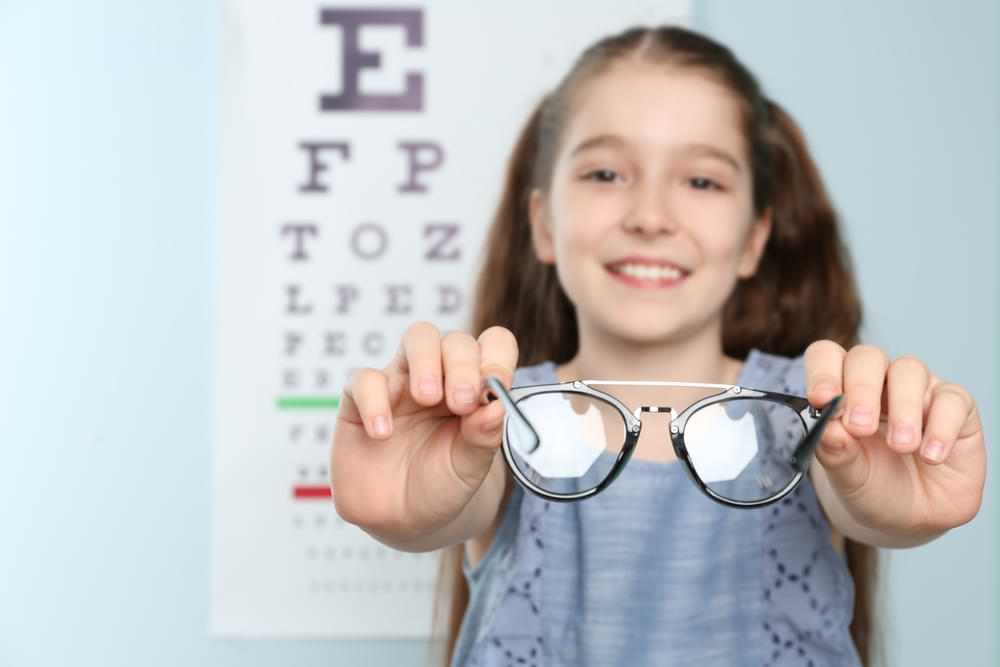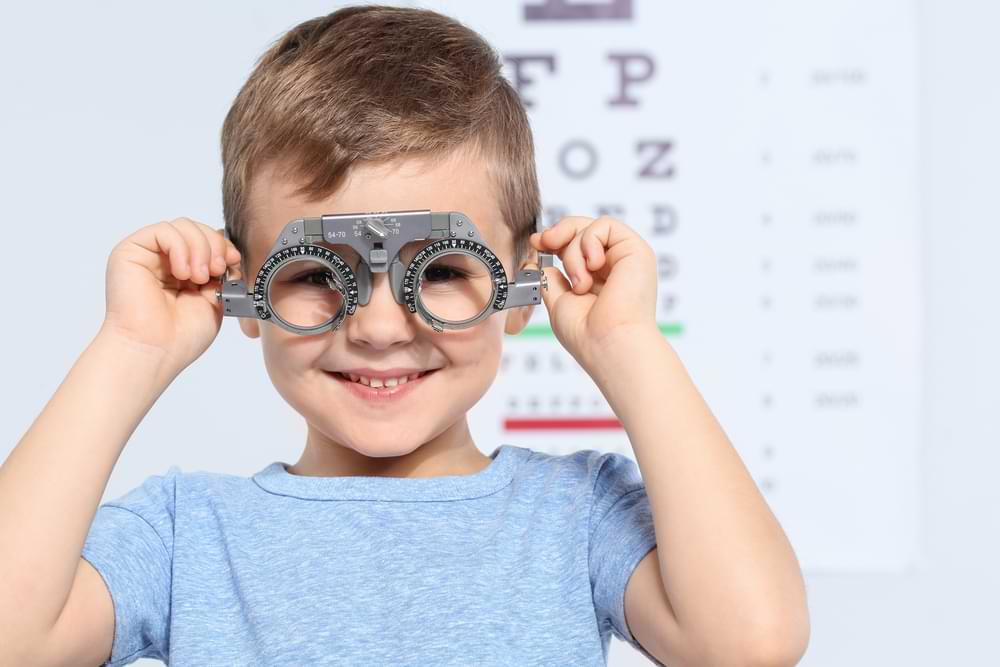Paediatric Optometrist In Hobart: Ensuring the Best Vision for Your Child
Did you know that vision problems are among the most common disabilities in childhood? Early detection can set the stage for a lifetime of better vision.
I’m Martin Robinson, owner of Martin’s Eyecare and I hope this article informs and guides parents in Hobart about the essential role of a paediatric optometrist in maintaining and enhancing their children’s eye health. I’ll explain some of the paediatric eye exam procedures we offer in our practice.
Paediatric Eye Care: Beyond the Basics
At Martin’s Eyecare, our focus goes beyond just prescribing glasses for your child. We also monitor eye health for various conditions that can impact a child’s learning and growth. Regular visits to your paediatric optometrist are essential while young eyes are still growing.
- Myopia Management: Myopia, commonly known as nearsightedness, frequently starts in children aged between 6 and 14. Around 5% of children in preschool, approximately 9% of school-aged kids, and 30% of teenagers are estimated to be affected by this vision issue. The likelihood of a child developing myopia increases if one or both parents are also nearsighted. For children, especially in this digital age, detecting and managing myopia early is critical to prevent its progression.
- Binocular Vision Eye Exams: Binocular vision testing examines the coordination between the two eyes. It involves a series of tests to see how well the eyes align, focus, and work in unison. We check for conditions like strabismus (misalignment of the eyes) and amblyopia (lazy eye), which can impact how effectively the eyes function together.
- Cornea Misshape: Keratoconus is a progressive eye condition where the cornea, the clear front surface of the eye, begins to thin and bulge into a cone-like shape. This distortion can lead to significant vision impairment and discomfort for your child. Early intervention can significantly slow the progression of the problem.
Our Advanced Optometry Technology
As paediatric optometrists, we believe in using state-of-the-art technology and diagnostic methods.
- Keratograph for Precise Diagnosis: The Keratograph is a sophisticated piece of optometric equipment. Think of it as a highly advanced camera combined with computer technology, specifically designed to analyze the front surface of your eye, which is the cornea.In conditions like keratoconus, where the shape of the cornea changes over time, becoming thinner and more cone-like, the Keratograph allows us to see these changes in great detail. The detailed information we get from the Keratograph allows us to customize treatments, such as specially designed contact lenses, to fit the unique shape and condition of your cornea.
- Farnsworth D15 Colour Vision Test: This is a test we use at Martin’s Eyecare to evaluate how well your child perceives and distinguishes different colors. It’s crucial because color vision plays a significant role in daily life – from learning and playing to even identifying safety signals like traffic lights. Based on the results, we can advise on any necessary adaptations in your child’s learning materials or environment to accommodate any colour vision deficiencies.
UV Protection: Advice From A Paediatric Optometrist
In Tasmania’s ozone depleted environment, safeguarding your child’s eyes from harmful UV rays is absolutely essential. Prolonged exposure to these rays during childhood can increase the risk of developing conditions like cataracts and macular degeneration later in life.
A pair of good-quality sunglasses is more than a fashion accessory; it’s a crucial shield against UV rays. When choosing sunglasses, look for ones that block out 99 to 100 percent of both UVA and UVB radiation. This ensures comprehensive protection for your child’s delicate eyes.
Like most paediatric optometrists, we also advocate for the regular use of hats with brims. These hats provide an extra layer of defense by reducing the amount of sunlight hitting the eyes. This combination of sunglasses and hats is a simple yet effective strategy to reduce the risks to childrens’ eyesight posed by ultraviolet rays.
At Martin’s Eyecare, we offer a range of durable eyeglasses designed for the rough and tumble of childhood. They all come with warranties, ensuring peace of mind for parents.


Computer Vision Syndrome
In today’s digital era, with screens becoming an integral part of children’s lives, the risk of Computer Vision Syndrome (CVS) is a growing concern for parents. CVS, characterized by symptoms like eye strain, dryness, headaches, and blurred vision, can affect your child’s comfort and concentration.
However, with some simple strategies, you can help manage and prevent these symptoms:
- Enforce Regular Screen Breaks: Teach your child to follow the 20-20-20 rule – every 20 minutes, take a 20-second break to look at something 20 feet away.
- Active Breaks: Encourage them to stand, stretch, or engage in a physical activity during breaks.
- Natural Lighting: Position computers and screens away from direct light sources to minimize glare. Use blinds or curtains on windows to control the amount of natural light coming in.
- Ambient Lighting: Ensure the room is evenly lit. Using a desk lamp can provide good lighting for reading or writing, but make sure it doesn’t create glare on the screen.
- Monitor Screen Time: Establish clear guidelines for how long your child can spend on digital devices outside of schoolwork.
- Blue Light Filtering: Glasses with lenses that filter out blue light can reduce eye strain from screen use.
Frequently Asked Questions
In our optometry practice, we help many parents and answer a lot of questions about eye care for children. Here are some of the popular ones.
- Can a pre-schooler have an eye test? Yes, pre-schoolers can and should have eye tests to ensure their vision is developing correctly and to catch any early issues.
- How do we test infant’s eyes? Infants’ eyes are typically tested through non-verbal assessments, such as observing responses to light, movement, and using specialized equipment to check for common eye issues.
- How do I know if my toddler needs glasses? Signs your toddler may need glasses include squinting, sitting too close to the TV, rubbing their eyes frequently, or showing signs of eye strain.
- What eye problems can a young child have? Young children can experience various eye problems, including amblyopia (lazy eye), strabismus (crossed eyes), refractive errors like myopia (nearsightedness), and hyperopia (farsightedness).
- How good should a child’s vision be for starting school? A child’s vision should be sufficiently clear and comfortable for learning, typically around 20/20, though slight variations are normal; any significant deviation should be evaluated by an optometrist.
Conclusion
At Martin’s Eyecare, we’re committed to providing the best possible eye care for your children. We are qualified paediatric optometrists who understand the unique challenges and joys of raising kids in Hobart and tailor our services to meet those needs. If you’re concerned about your child’s vision or it’s time for their regular check-up, we’re here to help.
Book your eye care appointment with us today at Martin’s Eyecare.
Call (03) 6272 8423 or use the “Book Appointment” button on our home page.
– Martin Robinson, Optometrist & Owner.
